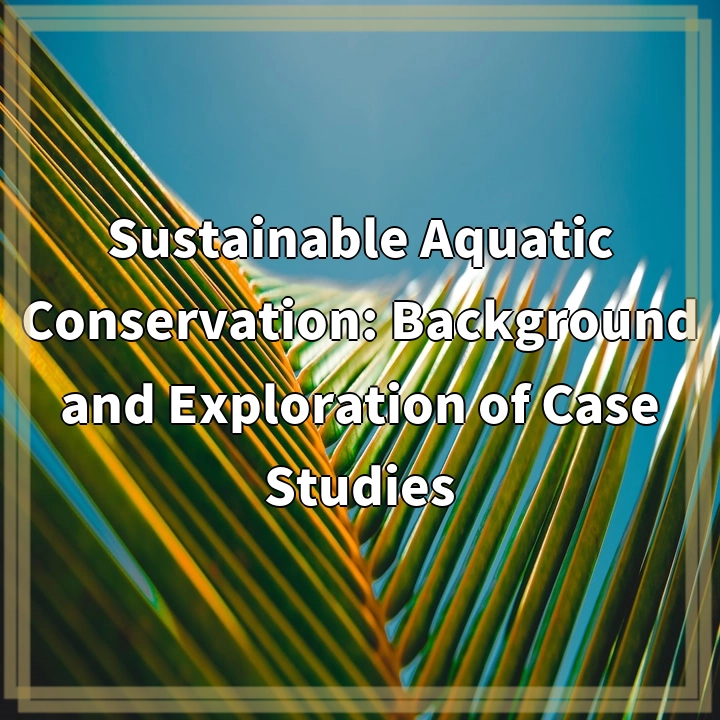
What It Is:
Eco-friendly art supplies are materials used by artists that have less environmental impact compared to traditional art supplies. These sustainable alternatives are created with the aim of reducing pollution, waste, and the depletion of natural resources.
Real-World Problems:
Despite the popularity and significance of art, the art industry can contribute to various environmental challenges. Traditional art supplies often contain harmful chemicals, such as solvents, heavy metals, and toxic pigments, which can have detrimental effects on human health and ecosystems. These substances can contaminate waterways when washed down the drain and contribute to air pollution during painting or when disposed of improperly.
Another issue associated with conventional art supplies is waste generation. Many art materials come in single-use packaging, such as plastic tubes for paint or plastic wrapping for brushes, resulting in significant amounts of plastic waste. This waste ends up in landfills or contributes to the global plastic pollution crisis.
Furthermore, the production of art supplies contributes to carbon emissions and resource depletion. The extraction of raw materials for pigments, plastics, and metals, as well as the energy-intensive manufacturing processes, can have significant environmental impacts. Additionally, transportation of art supplies to various markets and the disposal of unused or expired materials further contribute to the carbon footprint.
By exploring eco-friendly art supplies, we have the opportunity to address these real-world problems and support a more sustainable and responsible creative industry. Choosing environmentally friendly alternatives can significantly reduce our ecological footprint and make a positive impact on both our artworks and the environment.

Solutions for Eco-Friendly Art Supplies:
1. Use Non-Toxic Materials:
Switching to art supplies made from non-toxic and water-based materials reduces exposure to harmful chemicals and minimizes their impact on the environment. Look for paints labeled as non-toxic, solvent-free, and low in volatile organic compounds (VOCs).
2. Opt for Sustainable Packaging:
Choose art supplies with minimal packaging or those packaged in eco-friendly materials like recycled paper or cardboard. Look for products that come in reusable or biodegradable containers to reduce plastic waste.
3. Support Local and Eco-Conscious Brands:
Research and choose art supply brands that prioritize sustainability. Look for companies that use ethical sourcing, promote recycling and waste reduction, or have certifications indicating their commitment to environmental responsibility.
4. Upcycle and Recycle:
Get creative with repurposing art materials and finding new uses for old supplies. Explore art techniques like collage or mixed media that utilize materials that would otherwise be discarded. Properly recycle or dispose of materials when necessary.
5. Consider Secondhand or Reusable Options:
Explore secondhand markets and artistic communities for gently used art supplies. Look for quality brushes, palettes, or easels that can be reused or restored instead of buying new ones.
6. Educate and Raise Awareness:
Spread the word about the importance of eco-friendly art supplies. Share your knowledge with fellow artists, art schools, and creative communities to encourage a shift towards more sustainable practices in the art industry.
By adopting these solutions, artists can contribute to a more environmentally conscious art world and inspire others to make sustainable choices in their creative endeavors.















